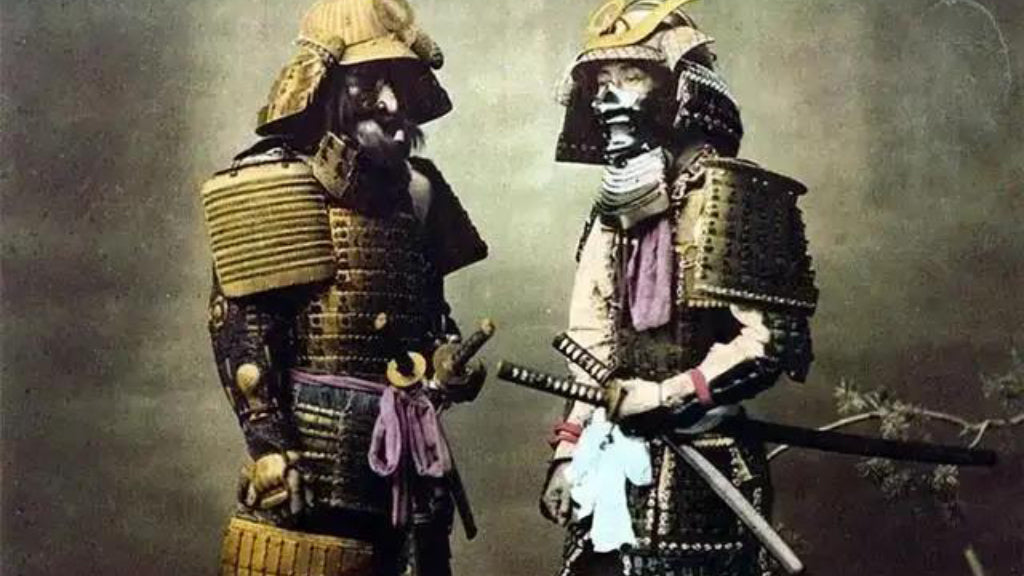Talking About the History and Culture of Japanese Samurai Sword

Regarding the samurai in Japan, many people must have raised a question. What they hold in their hands are obviously knives, but when they talk about the spirit they revere and the various techniques of fighting that use knives as weapons, they always use the words "kendo" and "swordsmanship" to describe swords. This starts with the culture of tanto sword.
1. Killing swords and living swords in japanese samurai sword
The generation of Japanese swordsman Yagyu Soju has a sword manual, that is, "The Art of War" by Yagyu Xinyinliu (a genre of swordsmanship). There are two chapters in this book, titled "The Killing Knife" and "The Living Man's Sword". As a monograph on swordsmanship, the "knife" and "sword" here actually refer to Japanese swords, so why is it a sword when killing people, and a sword when saving lives?
As a close neighbor of China, in fact, the early Japanese tanto swords were introduced from China. In China, starting from the Han Dynasty, the sword has gradually evolved into a ritual vessel and an accessory that symbolizes identity, and the sword has been popularized on the battlefield because of its stronger lethality instead of the sword. The same is true in Japan. One of Japan's three great artifacts, the Kusanagi sword—a clear reference to the Chinese double-edged, straight-bodied bronze sword—is often used as an important ritual instrument in sacrificial and blessing occasions. As a battlefield weapon, the ring-headed sword has gradually evolved into the appearance of the Japanese sword we know today. Similar to the culture of "the soldier is unknown" in Chinese culture, the sword of conquest and slaughter symbolizes bad luck, and the sword of warding off evil spirits represents the sacred. It's just that the Japanese are relatively simple and rude: since the sword is not good, shouldn't it be called a sword? This is the origin of the terms "Knife of Murder" and "Sword of the Living". Putting the sword in the name of the sword, tanto sword is related to life and death, full of philosophical meaning, and it is very interesting to think about it carefully.
The more common japanese samurai swords are Taito, Dato, Wakizashi, Short Sword and Pheasant Sword, but if you talk about the common Japanese swords in your impression, it generally refers to Taito and Dato. All such excellent performance of Japanese swords is inseparable from every step of its smelting technology, tool shape, forging method and heat treatment method. As far as the heat treatment method is concerned, many Japanese knives are treated with the method of covering the soil and burning the blade. As the name suggests, in this treatment method, the soil slurry wrapped from the blade body to the blade becomes thinner, and the blade edge is often not coated. With such a coating method, during quenching, the blade cools faster and the blade slowly cools down, resulting in a hard and sharp blade, but a soft and tough blade. Due to the low efficiency of the process of making Japanese knives, it often required a lot of resources and energy to make a good knife in ancient times. Coupled with the knife as a symbol of strength and blood, the Japanese gradually developed a primitive kind of knives. The spiritual worship of the sword is the source of many Japanese myths about the sword. Want to find Japanese samurai swords for sale? COOLKATANA would be a wonderful choice for you!

2. The culture of japanese samurai sword
As a privileged symbol of the status of the Japanese ruling class, the samurai sword has also formed a unique cultural system, as well as the corresponding etiquette and culture. In today's road rules, except for the British Commonwealth countries, most people walk on the right, while Japan, like the United Kingdom, walks on the left, which is related to the influence of samurai culture. Because the samurai's swords are all worn on the left side, it is convenient for the right hand to smoothly draw the sword during battle. Walking on the left side is to avoid collision with the oncoming samurai scabbard. This is enough to draw the sword to fight for life in samurai culture. Yes, because it affects honor. Japanese samurai don't politely tell you "please apologize to me or duel" before slashing people like Westerners do in a duel. They are all slashing with a sword, and no one wants to be in close contact with the samurai sword without knowing it. Such a culture has influenced the traffic rules in Japan today. Today's japanese samurai sword and samurai spirit have long been far away from Japan, and more often appear as a cultural symbol and art form.
